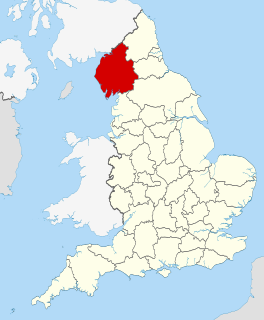
James Hewitson VC was an English recipient of the Victoria Cross, the highest and most prestigious award for gallantry in the face of the enemy that can be awarded to British and Commonwealth forces.

The Duke of Lancaster's Regiment (LANCS) is an infantry regiment of the line within the British Army, part of the King's Division. Headquartered in Preston, it recruits throughout the North West of England.

The King's Own Royal Border Regiment was an infantry regiment of the British Army in existence from 1959 until 2006, and was part of the King's Division. It was formed at Barnard Castle on 1 October 1959 through the amalgamation of the King's Own Royal Regiment (Lancaster) and the Border Regiment. The official abbreviated form of the regimental title was 'KING'S OWN BORDER'.

The King's Division is a British Army command, training and administrative apparatus designated for infantry regiments in the North of England.

The 42nd Infantry Brigade, also known as 42 Brigade, was a brigade of the British Army.
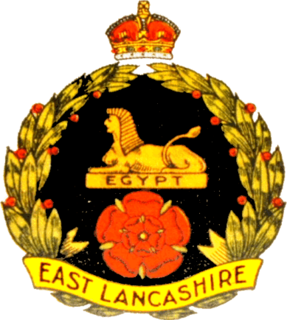
The East Lancashire Regiment was, from 1881 to 1958, a line infantry regiment of the British Army. The regiment was formed in 1881 under the Childers Reforms by the amalgamation of the 30th (Cambridgeshire) Regiment of Foot and 59th Regiment of Foot with the militia and rifle volunteer units of eastern Lancashire. In 1958 the regiment was amalgamated with the South Lancashire Regiment to form the Lancashire Regiment which was, in 1970, merged with the Loyal Regiment to form the Queen's Lancashire Regiment. In 2006, the Queen's Lancashire was further amalgamated with the King's Own Royal Border Regiment and the King's Regiment to form the present Duke of Lancaster's Regiment.

The Duke of Lancaster's Own Yeomanry was a British Army regiment that existed from 1798 to 1992. The regiment sent mounted infantry for service in the Second Boer War as the Imperial Yeomanry, between 1900 and 1902, and also saw action during the First and Second World Wars. Its lineage is maintained by B Squadron, the Queen's Own Yeomanry.
The Westmorland and Cumberland Yeomanry was a Yeomanry Cavalry Regiment of the British Army that was formed in 1819. The regiment provided troops for the Imperial Yeomanry during the Second Boer War and served on the Western Front in the First World War, latterly as infantry. The regiment converted to artillery in 1920 and served as such in the early years of the Second World War, before becoming part of the Chindits in Burma. Post war it served as a gunner regiment until 1971 when the title disappeared.

The 164th Brigade was an infantry brigade of the British Army that saw active service in World War I and remained in the United Kingdom throughout World War II, now as the 164th Infantry Brigade. Throughout both wars the brigade was part of the 55th Division.

The Phoenix Street drill hall is a former military installation in Lancaster, Lancashire.

The Everton Road drill hall is a former military installation in Liverpool.
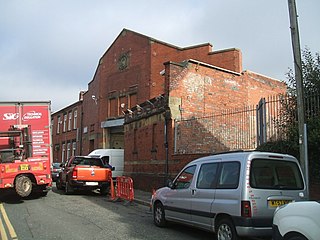
The Baron Street drill hall is a former military installation in Rochdale, England.

The Canterbury Street drill hall is a former military installation in Blackburn, Lancashire. It is a Grade II listed building.

The Bank Parade drill hall, also known as the Keighley Green Drill Hall, is a former military installation in Burnley, Lancashire.
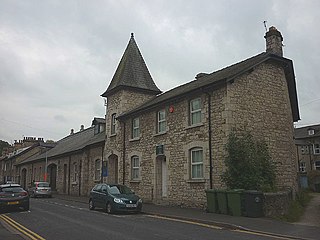
The Queen Katherine Street drill hall, sometimes known as the Aynam Road drill hall is former military installation located in Queen Katherine Street, off Aynam Road, in Kendal, Cumbria.

The Bath Street drill hall is a former military installation in Warrington, Cheshire.

The East Street drill hall is a former military installation at in Bromley.
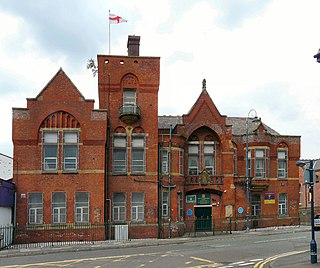
The Old Street drill hall is a former military installation in Ashton-under-Lyne, Greater Manchester, England.

The Rifle Street drill hall is a former military installation at in Oldham.

